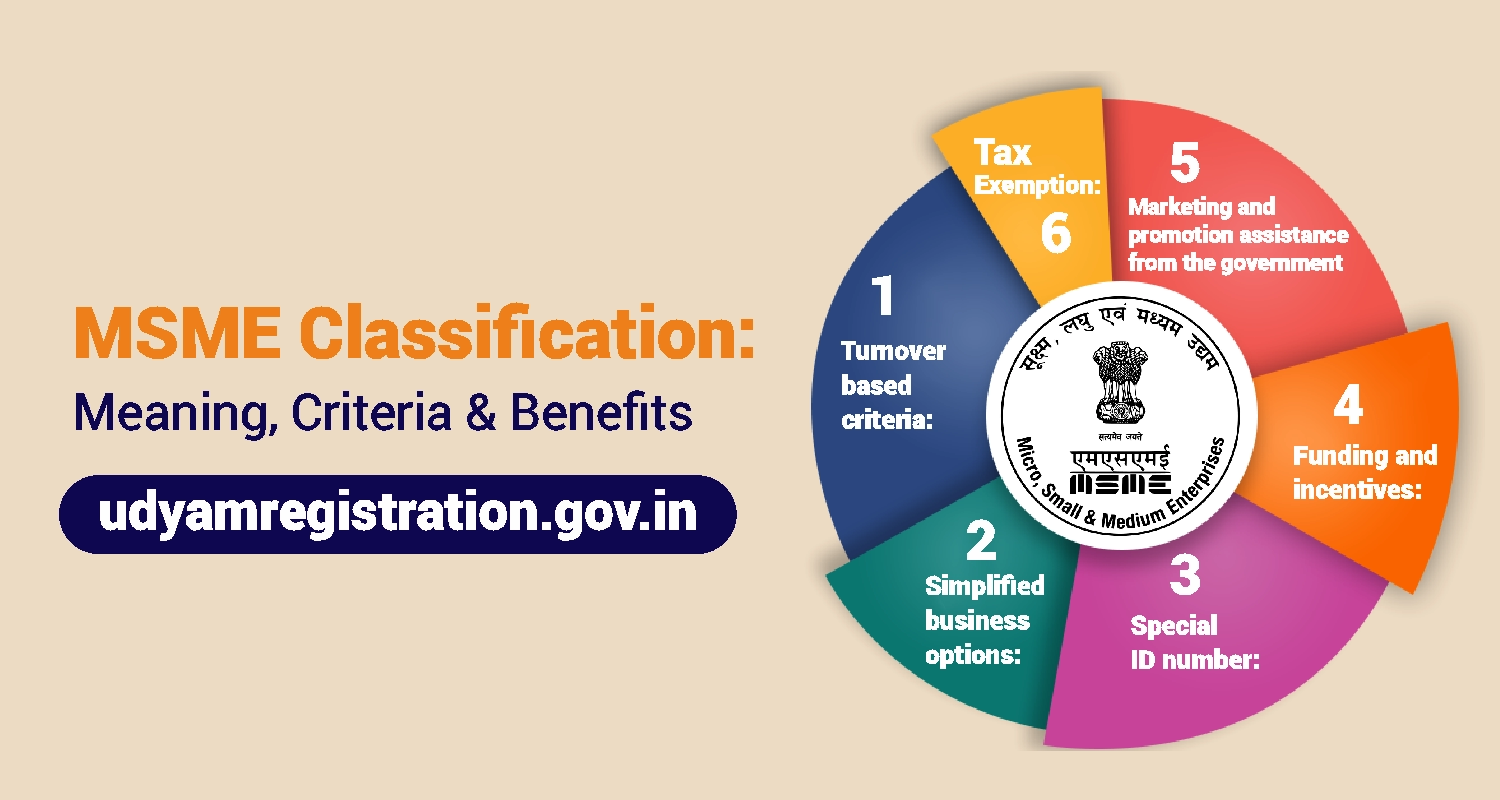The Government of India has announced significant revisions to the Micro, Small, and Medium Enterprises (MSME) classification criteria, set to take effect from April 1, 2025. These changes represent a substantial shift in how businesses are categorized under the MSME framework, with both investment and turnover limits being increased to accommodate growing enterprises.
Understanding the Revised MSME Classification
The new classification system, announced by Finance Minister Nirmala Sitharaman during the Union Budget 2025, introduces major changes to help MSMEs scale up without losing benefits. The revised framework features a 2.5-fold increase in investment limits and doubles the turnover thresholds across all categories.
Key Features of the New Classification:
Effective implementation date: April 1, 2025
Investment limits increased by 2.5 times
Turnover limits doubled
Maintains dual criteria approach (investment and turnover)
No distinction between manufacturing and service sectors
Historical Context: Evolution of MSME Classification
The MSME sector in India is governed by the Micro, Small and Medium Enterprises Development (MSMED) Act 2006. Initially, MSMEs were classified separately for manufacturing and service sectors based solely on investment in plant and machinery or equipment.
In 2020, the government introduced a significant amendment that:
Eliminated the distinction between manufacturing and service enterprises
Introduced turnover as an additional criterion alongside investment
Comparative Analysis: Old vs. New Classification
The table below provides a comprehensive comparison between the current classification (pre-April 2025) and the revised classification:
| Enterprise Category | Current Investment Limit | Revised Investment Limit | Current Turnover Limit | Revised Turnover Limit |
|---|---|---|---|---|
| Micro Enterprise | ₹1 crore | ₹2.5 crore | ₹5 crore | ₹10 crore |
| Small Enterprise | ₹10 crore | ₹25 crore | ₹50 crore | ₹100 crore |
| Medium Enterprise | ₹50 crore | ₹125 crore | ₹250 crore | ₹500 crore |
Impact and Significance of the Revised Classification
Enhanced Growth Opportunities:
Businesses can now invest more in technology, infrastructure, and expansion
Enterprises can scale operations without immediately losing MSME status and benefits
More room for innovation and competitiveness in global markets
Broader MSME Coverage:
More businesses will qualify as MSMEs under the expanded criteria
Increased access to credit facilities, subsidies, and government incentives
Better integration of medium-sized businesses into the MSME ecosystem
Economic Benefits:
Potential for increased job creation and employment opportunities
Enhanced contribution to India’s GDP and export growth
Greater formalization of businesses within the MSME framework
Benefits Available to MSMEs
Enterprises classified as MSMEs can access numerous advantages:
Financial Support: Preferential interest rates and priority sector lending
Credit Guarantees: Collateral-free loans under various schemes
Government Procurement Advantage: Reserved quotas in public procurement
Technology Upgradation Support: Subsidies for modernization
Tax Benefits: Various tax concessions and simplified compliance
Protection Against Late Payments: Legal safeguards under the MSMED Act
Skill Development Programs: Training and capacity building initiatives


